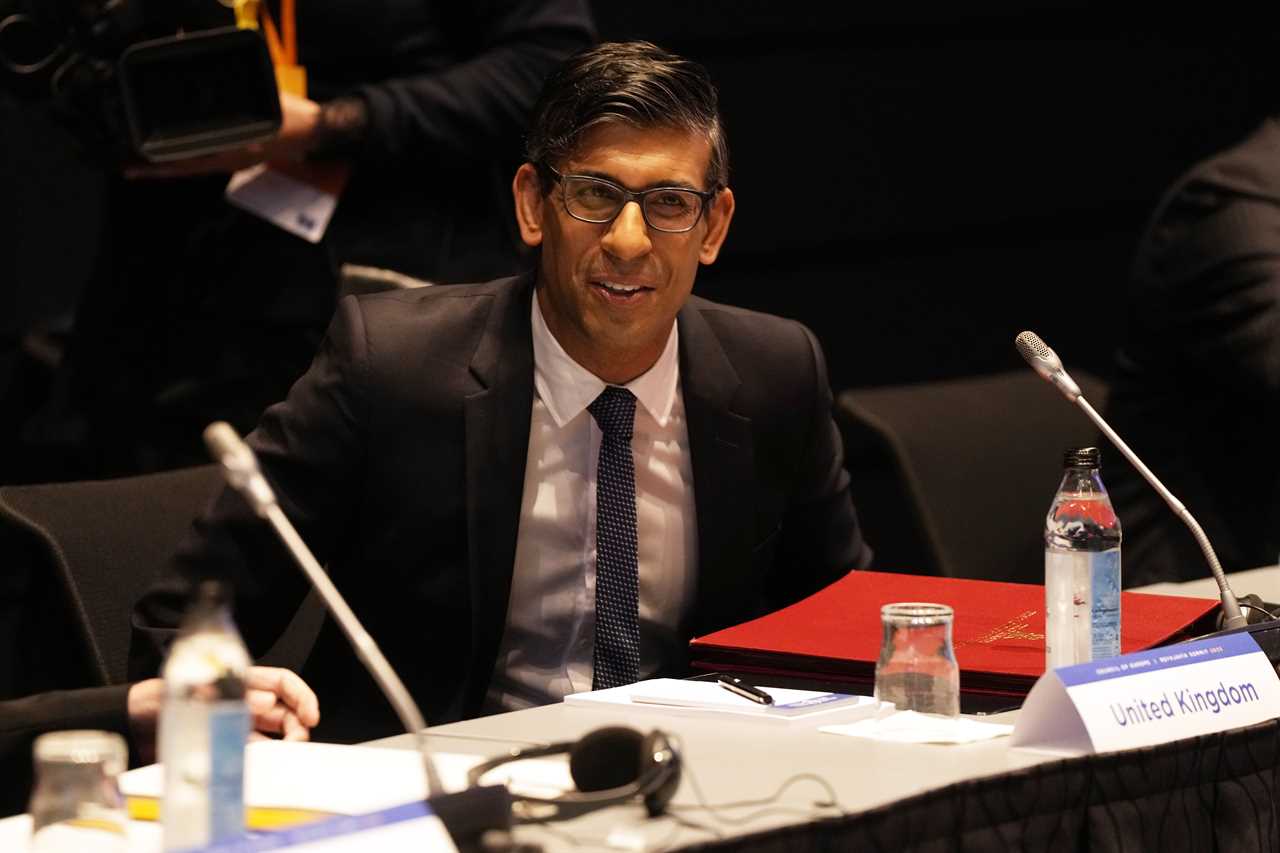RISHI Sunak today unveils a £1billion investment in microchip manufacture to end reliance on China
Speaking in Japan, the PM said his two decade long national semiconductor strategy, would help “build our competitive edge on the global stage”.

Rishi Sunak today unveils a £1 Billion investment to in microchips to end reliance on China
The announcement of the 20-year plan comes after Mr Sunak used a G7-related trip to Japan to agree a partnership on semiconductors with Tokyo as part of efforts to reduce the reliance on Beijing for the supply of the essential microchips.
Britain and its Western allies are taking an increasingly hawkish stance towards Chinese technology, including in their communication networks and surveillance equipment, over fears President Xi Jinping’s national security laws could force the Far East country’s tech giants to hand over foreign data to the ruling Communist Party.
Officials said they also will underpin future technologies, such as artificial intelligence, quantum computing and 6G.
A sum of £200 million will be invested in 2023-25 to improve industry access to infrastructure, fund more research and development, and facilitate greater international co-operation.
The £1 billion over the next decade will aim to grow the domestic sector, mitigate against supply chain disruption and protect Britain’s national security, the department said.
Unveiling the strategy on Friday, the Prime Minister said: “Semiconductors underpin the devices we use every day and will be crucial to advancing the technologies of tomorrow.
“Our new strategy focuses our efforts on where our strengths lie, in areas like research and design, so we can build our competitive edge on the global stage.
“By increasing the capabilities and resilience of our world-leading semiconductor industry, we will grow our economy, create new jobs and stay at the forefront of new technological breakthroughs.”






